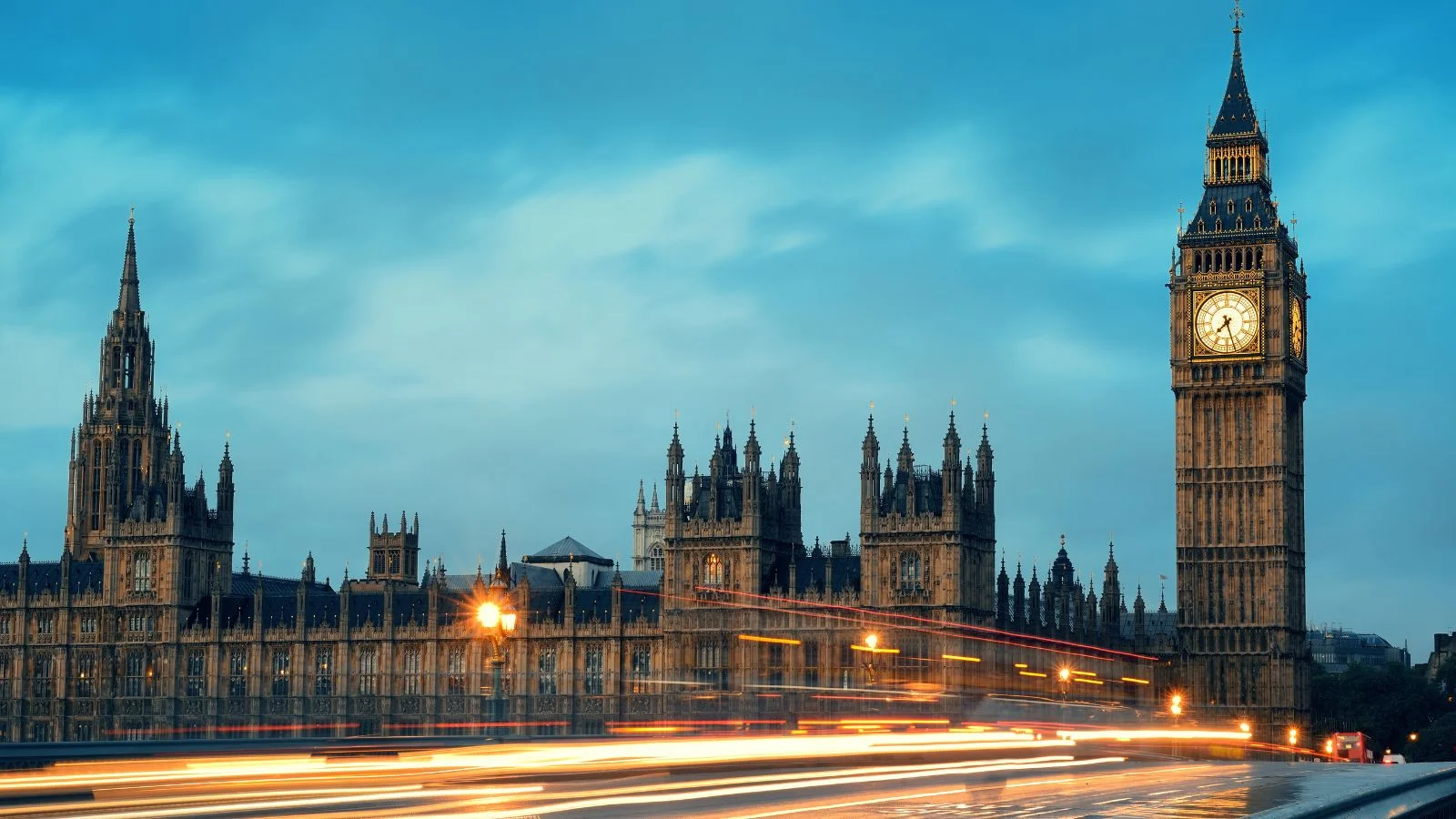
Employer NIC Increases & Pension Salary Sacrifice
30 May, 20252 minutesThe last budget saw the announcement of Employers (Ers) National Insurance Contributions (NI...

The last budget saw the announcement of Employers (Ers) National Insurance Contributions (NIC) changes which has increased the Ers NIC costs for most businesses. Whilst businesses cannot avoid these changes, they may be able to mitigate the impact by looking at tax efficient remuneration planning.
One tax planning area which could benefit many businesses is salary sacrifice and specifically, salary sacrificing workplace Employees (Ees) pension contributions if they are currently paid via a Net Pay or Relief at Source (after tax) arrangement. A Net Pay arrangement is where the Ees pension contributions are paid into an employees’ pension scheme gross, enabling income tax relief at source automatically. A Relief at Source arrangement is where the Ees pension contributions are paid into the scheme net, after income tax has been deducted, the pension scheme receives a 20% (basic rate) income tax contribution top up in this scenario. With a Relief at Source arrangement, the tax relief needs to be claimed separately via Self-Assessment or the PAYE system, however, ultimately the income tax position should be the same. The NIC costs are the same in both scenarios.
If instead, a salary sacrifice pension arrangement was implemented and the Ees pension contributions were paid in to the pension scheme as salary sacrificed gross employer contributions, the potential NIC savings for employers and employees and the cash flow benefits some employees could be signifcant:
- Employers could save the Ers NIC cost on the Ees salary sacrificed pension contributions. The Ers NIC rate is now 15%, on a £50,000 salary paying a minimum 5% Ees pension contribution, this could amount to a Ers NIC saving of £375 per employee.
- Employees could save the Ees NIC cost (currently 8% or 2%) on the sacrificed pension contributions.
- Employees who repay child benefit at income levels between £60,000 and £80,000 need to claim tax relief if making Relief at Source (after tax) Ees pension contributions, to avoid unnecessary child benefit clawback charges. This can create an additional administrative burden. If the Ees pension contributions are made via salary sacrifice instead or via a Net Pay arrangement, the tax relief is given automatically, avoiding the need for an additional claim.
- Employees with taxable income between £100,000 and £125,140 gradually lose their tax-free personal allowance, meaning employment income in this band can be taxed at an effective rate of up to 60%. Again, a separate claim needs to be made for tax relief if making Relief at Source Ees pension contributions, to avoid an unnecessary reduction in the personal allowance. Salary sacrificing the Ees contributions or making the contributions via a Net Pay arrangement, will again avoid the need to claim the additional tax relief, as it will be given automatically and earlier, providing a cash flow benefit.
- If a higher rate taxpayer employee is not in Self-Assessment, they need to make a separate claim under the PAYE system for higher rate tax relief on their Relief at Source (after tax) employee pension contributions. Many will be missing out on this relief as they don't know about it or don't have the time or inclination to make the claim. With a salary sacrifice or a Net Pay arrangement, the tax relief is provided automatically, so would always be given, and at an earlier juncture than if having to claim the relief separately.
- Many employees will make significant additional net personal pension contributions outside of their salary (the employer may not be aware of these), especially as many pension pots are inadequate. It may be possible to build these additional contributions into a salary sacrifice arrangement, enabling even more NIC savings for employers and NIC and potential cash flow savings for employees.
The savings made possible by operating a salary sacrifice pension arrangement will be Ers and Ees NIC savings, when compared to workplace Net Pay or Relief at Source pension arrangements. Assuming the appropriate tax relief claim is made, there should be no additional income tax savings, but there could be a cash flow benefit for some employees.
There can also be NIC and income tax savings to be made for employer and employee if electric company cars are contracted via a salary sacrifice lease arrangement.
The increase in Ers NIC costs is likely to hit businesses hard and many businesses will have to lower potential pay rises, freeze salaries, and may even need to make redundancies. Salary sacrifice could help mitigate the effect of the Ers NIC increases. As employees may be able to benefit from NIC and cash flow savings, it could in some cases also help with employee retention. When a good employee leaves, there can be significant recruitment, retraining and client/customer relationship costs of having to replace that employee, so a salary sacrifice arrangement may help to reduce these additional business costs in a limited number of circumstances as well.
Salary sacrifice results in a change of employment terms so should be deemed permanent by the employer and employee, the correct documentation needs to be put in place to effect a valid salary sacrifice arrangement. The salary sacrifice arrangement may affect an employee in other areas, such as their eligibility for mortgage funding or tax credit entitlement, for example. Prior to entering into an arrangement, the employee should therefore be comfortable that salary sacrifice is right for them, so they may need to take their own advice in respect of this.
The increase in Employer National Insurance Contributions will put additional financial pressure on many businesses. Proactively exploring salary sacrifice arrangements could help unlock NIC savings for employers, and NIC and cash flow benefits for employees - helping to mitigate these rising costs.
Contact us today at tax@teamjs.co.uk if you would like further advice in this area.


